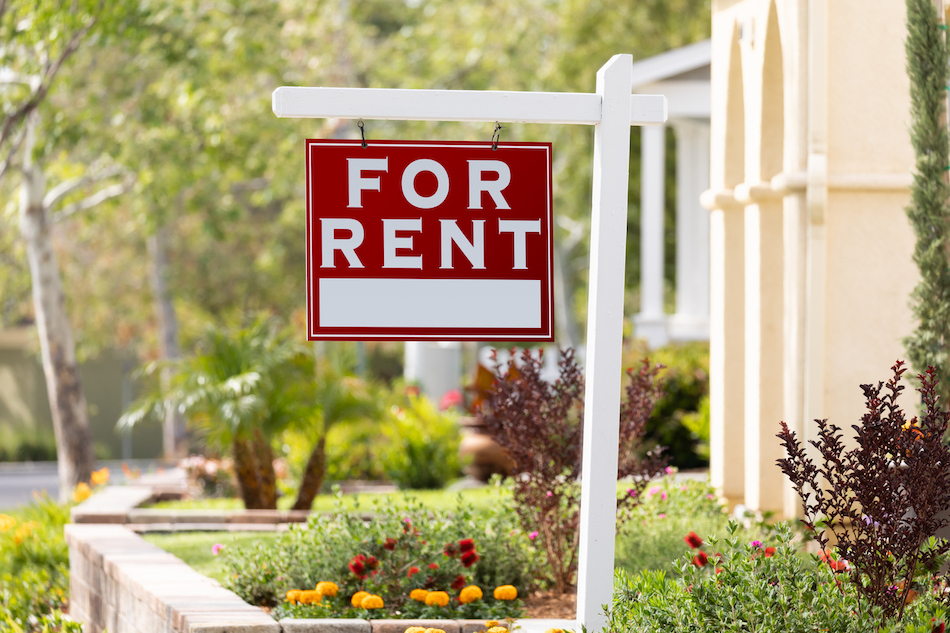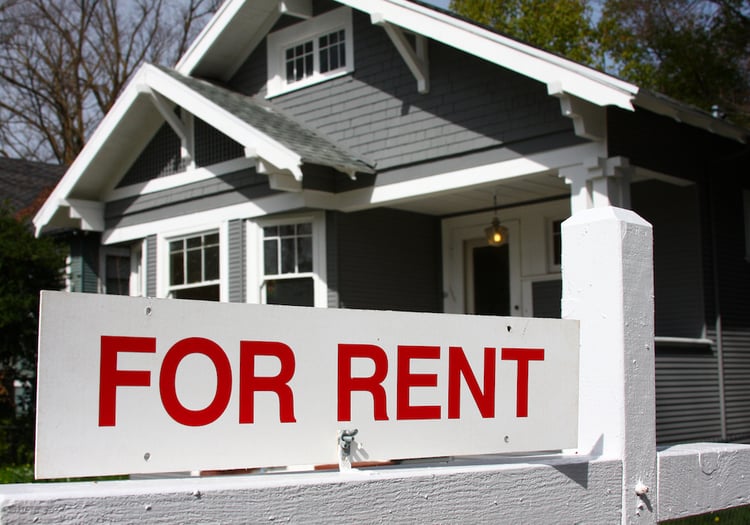People invest in rental property for a number of reasons, including recurring rental income, appreciation in property value, investment diversification, and tax benefits.
While there are numerous potential benefits to owning real estate, it’s important to have a plan in place to increase the odds of success. In this article, we’ll explain how to start a rental property business by following 6 important steps.
Key takeaways
- Owning rental property helps investors diversify investment portfolios, manage risk by avoiding stock market volatility, and generate recurring rental income.
- Following a systematic approach to starting a rental property business can help investors avoid costly mistakes and allow investors to scale up and grow.
- The key steps to starting a rental property business include learning about the real estate business, researching investment and financing options, and having a system in place to grow the business.
6 steps to start a rental property business
The steps for starting a rental property business are similar to most other business ventures. It’s much easier to achieve your investment goals and financial objectives when you have a plan in place.
While every real estate investor may take a slightly different path, here are the 6 main steps to follow to start a rental property business.
1. Networking and education
A good education is the foundation of a solid rental property business. That’s because the real estate business is all about who you know and what you know. An investor can become educated by reading books and blogs, attending in-person networking events to rub shoulders with other investors, or signing up for online real estate courses.
When choosing a good real estate education course, it’s important to look for things such as the ability to move at your own pace, the opportunity for customized classes and one-on-one coaching, options for networking via dedicated communities and online forums.
Roofstock Academy is an online option worth checking out. There are 3 plans to fit different investing timelines, learning styles, and budgets. Classes include exclusive lectures, group and one-on-one coaching, access to a private investor community, and more, depending on the membership plan selected.
2. Research investment options
Many first-time rental property investors choose single-family homes and small multifamily properties. That’s because houses and apartments are everywhere, easy to understand, and have a variety of financing options available.
There are also different investment strategies used to make money in real estate. One of the most common investment options in real estate is buying and holding single-family rental (SFR) homes. Rental property can be rented in the long term using a one-year lease, or it can be used as a short-term vacation rental. Both options work a little bit differently, and, when starting a rental property business, investors may wish to explore the pros and cons of each before settling on an investment strategy.
Methods for finding homes for sale that can be used as rentals include traditional sources, like real estate agents and the multiple listing service (MLS) or websites like Zillow, Redfin, or Roofstock. Of these options, Roofstock is the only platform specifically developed for buying and selling SFR homes, small multifamily properties, and short-term vacation rentals.
Roofstock simplifies the process of remotely investing in real estate. Every investment property listed for sale on the Roofstock Marketplace includes details to make research easier, including:
- Pictures
- Property inspection and valuation on certain properties
- Title report and insurance quote
- Neighborhood Rating and local school scores
- Current lease information and rent payment history if the property is already rented
- Interactive tools for visualizing and measuring key financial metrics, such as cash flow, cash-on-cash return, gross yield, and appreciation
3. Run the numbers
Rental property investors look for homes that generate cash flow, appreciation, or a combination. Investors use a variety of financial metrics to analyze the potential returns from rental properties, including:
- Gross rental income
- Operating expenses
- Net operating income (NOI)
- Capitalization rate
- Cash flow
- Cash-on-cash return
- Appreciation and rent growth
- Internal rate of return
Rather than focusing on one return metric, investors generally consider all of the above data points to create a holistic picture of potential returns.
4. Financing options
Real estate investors finance rental property for a variety of reasons, such as making a small down payment to control 100% of the property, diversifying capital across several investments, and using other people’s money in the form of a loan to increase cash-on-cash returns.
There are a wide range of options for financing rental property, including:
- Conventional loans
- Federal Housing Administration (FHA) financing
- FHA 203(k) loans
- Veterans Affairs financing
- Self-directed individual retirement accounts (SDIRA) for real estate
- Home equity loans
- Home equity lines of credit (HELOC)
- Private money loans
- Hard money loans
- Portfolio loans
- Blanket mortgages
- Group investing
- Owner financing
Financing a rental property with a fixed-rate, long-term loan is an option used by buy-and-hold real estate investors to lock in low interest rates as a hedge against future interest rate increases.
The online mortgage rate calculator available on Roofstock helps investors to explore different financing options offered by third party lenders that are based on down payment amount, credit score, loan terms, and location.
After running the numbers, investors can connect with lenders to get preapproved before making an offer.
5. Management responsibilities
Some investors choose to self-manage rental property to gain the hands-on experience of being a landlord. However, trying to self-manage an out-of-state rental property can be difficult.
That’s why remote real estate investors generally hire a local, professional property management company to take care of tasks such as communicating with tenants, making repairs, and complying with local, state, and federal housing laws.
Management responsibilities of owning and operating a rental property include:
- Running rent comparables to determine the fair market rent
- Quickly making a home rent-ready between tenants
- Advertising and marketing for a new qualified tenant to minimize the vacancy rate
- Screening prospective tenants by running background checks, credit reports, rental history reports, and speaking to references
- Collecting security deposits and monthly rent, assessing late fees, and exploring options for increasing rental income, such as pet rent or roommate rent
- Enforcing the terms and conditions of the lease and handling tenant communication and complaints
- Coordinating maintenance and repairs with in-house staff or cost-effective third-party vendors
- Ensuring rental property complies with building codes, health and safety regulations, and state and federal landlord-tenant laws
- Conducting move-in and move-out inspections and periodic property inspections
- Making monthly owner distributions from a cash-flowing property and providing routine financial performance reports
6. Grow the business
Systemizing a rental property business by automating routine tasks can make it much easier to scale up and grow. Signing up for a free account with Stessa is the first step to track and optimize a real estate business.
Rental property financial management software from Stessa helps investors to maximize profits through smart money management, automated income and expense tracking, and personalized recommendations to help maximize property performance.
Rental property owners can use Stessa for SFR homes, small multifamily buildings, short-term vacation rentals, and multiple portfolios of rental property.
When tax time rolls around, investors can generate tax-ready financial reports and access the Stessa Tax Center to claim free resources created in partnership with The Real Estate CPA, as well as an exclusive TurboTax discount.
Closing thoughts
Starting a rental property business is about a lot more than applying for a loan and buying a home. Having a step-by-step plan in place for education, networking, research, financial analysis, and property management can help an investor stay focused on business goals and financial success.










